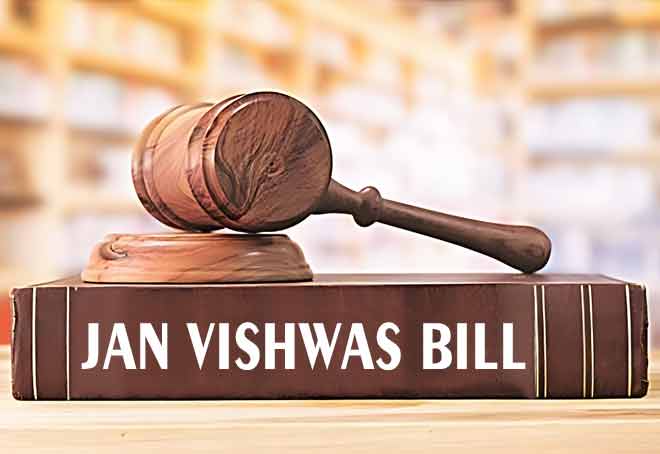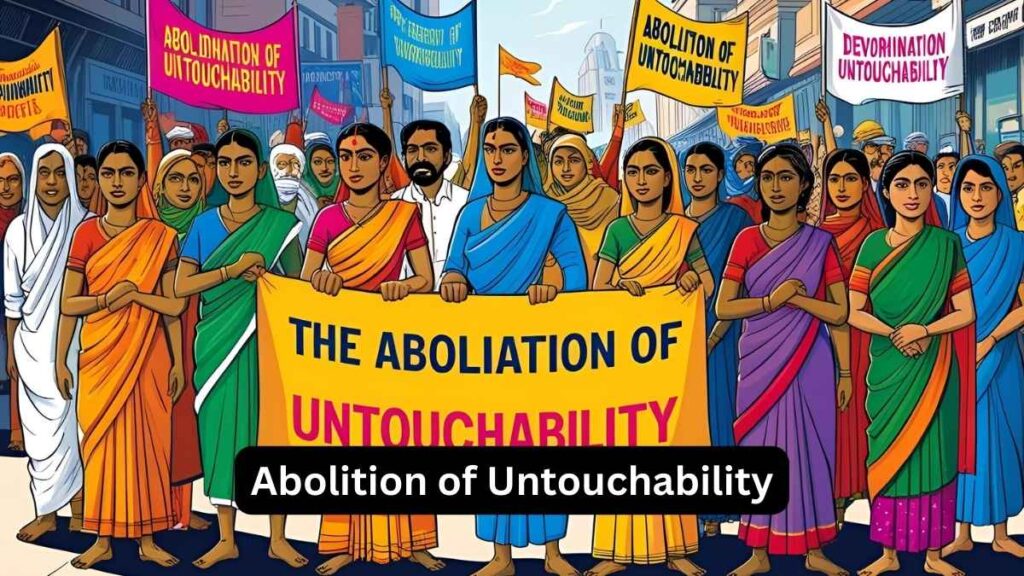Font size:
Print
Gold Loans Surge: Will RBI’s Powerful New Norms Curb Rising Gold Loan NPAs?
Surge in Gold Loans and Rising NPAs: Will RBI’s Proposed Norms Mitigate the Risks?
Context: In recent years, gold-backed lending has gained popularity in India due to rising gold prices, ease of access, and minimal documentation. However, to address growing systemic risks and rising NPAs in this segment, the Reserve Bank of India (RBI) has proposed a draft regulatory framework. The aim is to ensure uniformity, enhance transparency, and introduce risk-based oversight in gold loan disbursals across financial institutions.
Recent Trends in Gold Loans and NPAs
- Growth in Gold Loan Outstanding
- Gold loan outstanding of banks and NBFCs rose from ₹873,701 crore (Dec 2023) to ₹11,11,398 crore (Dec 2024), marking a growth of 27.26%.
- Commercial banks alone accounted for ₹923,636 crore of this amount.
- Spike in NPAs
- Gross NPAs in the gold loan segment increased by 28.58% in one year.
- NPAs jumped from ₹5,307 crore (Dec 2023) to ₹6,824 crore (Dec 2024).
- Of this, commercial banks reported ₹2,040 crore (up from ₹1,404 crore).
- NBFCs reported ₹4,784 crore (up from ₹3,903 crore).
Factors Driving the Surge
- Rally in Gold Prices
- Average gold prices jumped from ₹48,720/10g (2021) to ₹77,913/10g (2024).
- Higher prices enhanced loan eligibility, leading to increased borrowing.
- Ease and Accessibility
- Quick disbursement, minimal paperwork, and widespread digital platforms facilitated gold loan expansion.
- Fintech apps and rural outreach boosted penetration even in remote areas.
- Economic Stress and Household Liquidity Needs
- Slowdown in the economy and microfinance borrower stress led consumers to rely on gold for immediate liquidity.
- Gold is a culturally valued asset, often pledged to meet emergency expenses like hospital bills or education fees.
Concerns and Irregularities Identified by RBI
- Operational and Lending Malpractices
- Use of third-party agents for sourcing and appraisal without proper oversight.
- Gold valuation conducted without the physical presence of the borrower.
- Lack of end-use monitoring and due diligence.
- Evergreening of Loans
- Borrowers were allowed to repledge gold by paying only the interest, leading to indefinite loan extension without principal repayment.
- Collateral Issues
- Ownership of gold not verified adequately, risking fraud and asset mismanagement.
- LTV (Loan-to-Value) norms improperly followed, misrepresenting true asset value.
RBI’s Proposed Draft Guidelines: Lending Against Gold Collateral Directions, 2025
- Key Regulatory Proposals
- Ban on loans against:
-
- Primary gold (24-carat bars).
- Silver assets.
- Gold/silver-backed financial assets like ETFs or mutual fund units.
- Restriction on:
-
- Concurrent loans for both consumption and income-generation purposes.
- Loans with doubtful ownership of gold.
- Repledging of already pledged jewellery.
- Loan-to-Value (LTV) Norms
- Maximum LTV ratio capped at 75%.
- Accrued interest must now be included in the LTV calculation.
- Lenders must provision 1% of loan if LTV breaches 75% for more than 30 days.
- Loan Tenure and Limits
-
- Bullet repayment loans (where principal and interest are paid at maturity) capped at 12 months.
- Cooperative banks and Regional Rural Banks (RRBs) barred from issuing gold loans exceeding ₹5 lakh per borrower.
- Due Diligence and Documentation
- Mandatory verification of collateral ownership with documentary proof.
- Loans cannot be issued if ownership is uncertain.
- Lenders to record and monitor end-use of funds.
Impact of the Proposed Guidelines
- On Financial Institutions
- NBFCs more affected due to:
- Application of LTV norms on both consumption and income-generating loans.
- Stricter provisioning requirements.
- Higher compliance and operational costs.
- Banks may need to raise disclosure standards (e.g., public auction notices), a practice already followed by NBFCs.
- NBFCs more affected due to:
Significance of the RBI’s Intervention
- Aims to prevent the gold loan segment from becoming a future stress point, similar to the microfinance crisis.
- Brings harmonisation in practices across different lenders—banks, NBFCs, co-ops, and RRBs.
- Promotes responsible lending, risk containment, and financial sector stability.
Encourages standardised and transparent practices, aiding long-term health of credit systems.
- On Borrowers
- Borrowers face more stringent checks:
-
- Limited access to repledging.
- Full repayment required before top-ups.
- Documentation for ownership may reduce access for informal borrowers.
- Pro-consumer measures include:
- Linking loans to repayment capacity.
- Restricting evergreening practices.
- Reducing risks of over-leveraging.


